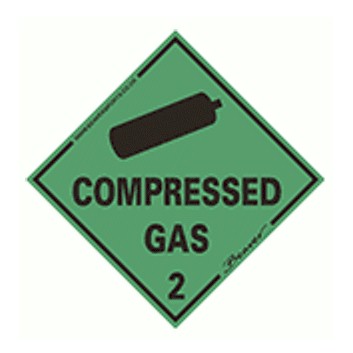*1910.101 – Compressed gases (general requirements)
The Compressed Gas Association (CGA) standards, technical information and recommendations dictate safe and environmentally responsible practices in the manufacture, storage, transportation, distribution and use of industrial gases. These CGA standards address both compressed and liquefied gases and span industrial, medical and specialty uses, enabling you to:
- Improve safety
- Increase handling efficiency
- Enrich corporate awareness
One important aspect of self-regulation in the compressed gas industry has long revolved around CGA’s close interaction with regulatory partners, including the U.S. Department of Transportation (DOT) and the Occupational Safety and Health Administration (OSHA).
For decades, CGA has successfully petitioned agencies such as DOT and OSHA to request that certain CGA publications be Incorporated by Reference (“IBR’d”) into federal regulations.
Specifically in relation to DOT and OSHA, focus is on the following:
- For DOT: Title 49 (Transportation) of the Code of Federal Regulations (CFR); also referred to as “49 CFR”
- For OSHA: Title 29 (Labor) of the CFR; also known as “29 CFR”
For example, when a cylinder containing a compressed or liquefied gas is shipped from a filling site to a consumer use site, that transportation must comply with DOT regulations found in 49 CFR. When a cylinder is filled at a production facility, or used at a customer’s site, these functions must comply with the regulations found in 29 CFR.
The Compressed Gas Association has enjoyed good success in having many of our publications incorporated by reference. These publications cover a variety of topics, such as the proper labeling of a compressed gas cylinder, or how to select the proper pressure relief device for a compressed gas cylinder or mixture.
IBR Defined
What does “Incorporated by Reference” mean, exactly? For CGA’s purposes, IBR is an administrative drafting tool that enables federal agencies to take the voluntary consensus standards developed by the Compressed Gas Association and make these published materials federally enforceable.
Congress originally authorized the process of IBR in the Freedom of Information Act, to reduce the volume of material published in the Federal Register and Code of Federal Regulations.
In the compressed gas industry, the IBR process avails the general public of the collective expertise of CGA’s membership and the work output of many of our CGA committees. Arguably, this represents the essence of self-regulation, when government agencies recognize the value of publications produced by the Compressed Gas Association and leverage these resources to enhance public safety.
Look Also at CGA Fittings
A CGA fitting is the standardized system for the attachment of a compressed gas cylinder to the required regulator or transfer line. Examples of CGA fittings would be CGA-580 for Non-flammable, Non-oxidizing gases such as Nitrogen, Argon, or Helium.
CGA-590 is used for compressed air and CGA-326 is used for Nitrous Oxide. There are approximately a dozen commonly used CGA-fittings, with others used for special purposes.
Go to https://www.concoa.com/cgachart.html for the CGA Fitting Reference Guide.
Spencer-SHE is a member organization and maintains knowledge of relevant standards to provide our clients current and leading-edge compliance assistance.
Spencer-SHE has been providing Safety, Health and Environmental Compliance Guidance since 1980, offering clients cost-effective, turn-key solutions. Contact us here to help you to develop and maintain a safe and healthy workforce.
Sources:
https://www.osha.gov/laws-regs/regulations/standardnumber/1910/1910.101

